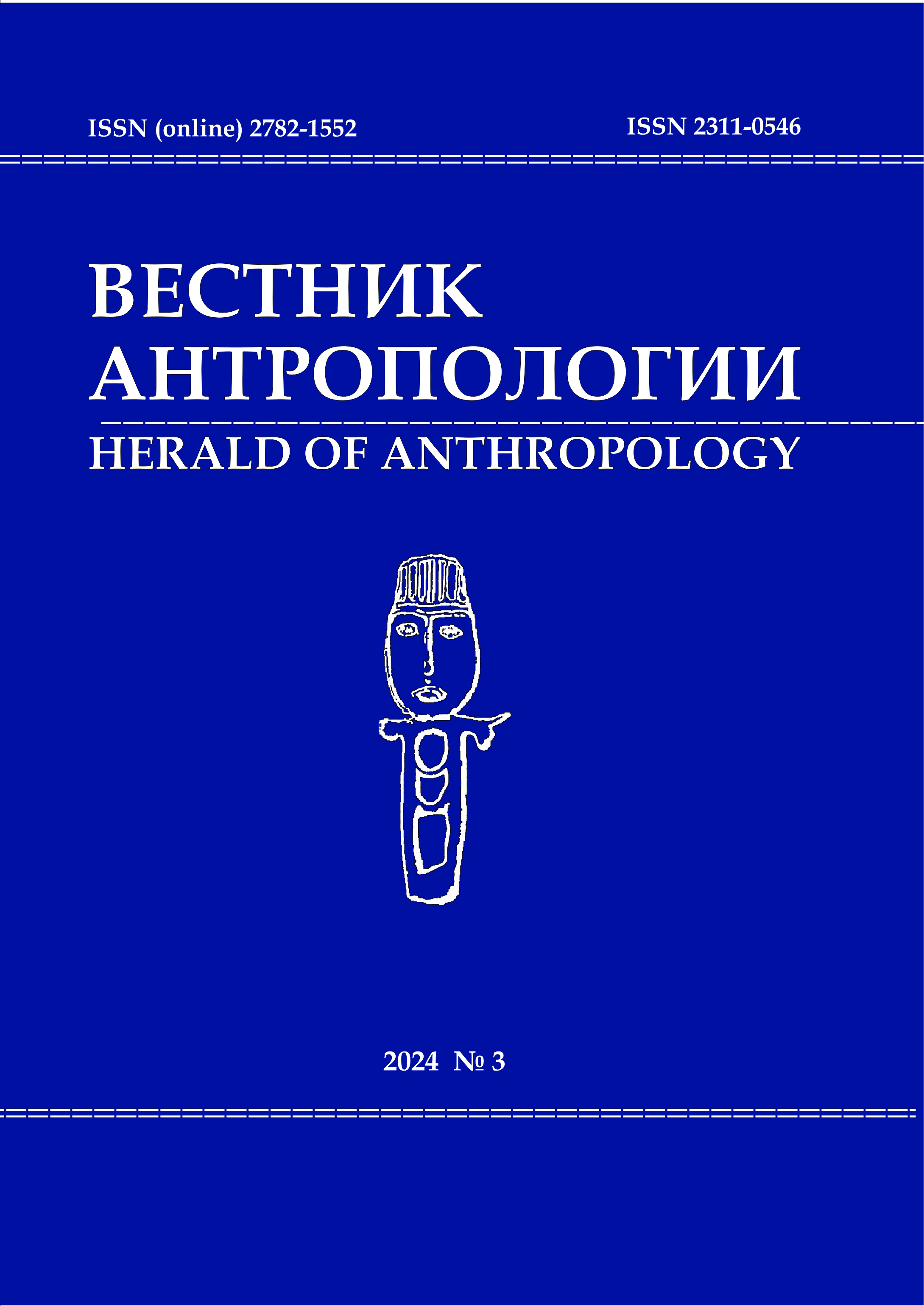Texts Notated with “Kriuki” in the Icons of the Urals
DOI: 10.33876/2311-0546/2024-3/70-86
Keywords:
Nevyansk icon, Krasnoufimsk icon, Znamenny chant, texts on icons, Beglopopovtsy, Old Believers, icon paintingAbstract
The article examines cases of inclusion of liturgical chants notated with “kriuki”(“hooks”) in the icons from the collection of the Nevyansk Icon Museum (Ekaterinburg). A total of three such icons were found in the collection: all of them date back to the first half of the 19th century, two of them belong to the Nevyansk school, and one to the Krasnoufimsk school. In studying them, the author tries to answer a number of questions. First, to what extent is the inclusion of texts with “kriuki” unique for icon painting, and, if so, what does their presence in Ural icons say about regional icon painting? Secondly, why would one write a line with “kriuki” for hymnography on icons? Thirdly, how do texts with “kriuki” enrich an icon as a historical source, how do they affect the value of icons as sources of information? For each icon, the author attributes the texts of the chants, their notation and melodies, and suggests the reasons for the choice of the prayer in each case. The results of the study suggest a close relationship between the book-manuscript tradition and icon painting among the Old Believers of the Urals. The author comes to the conclusion that the texts with “kriuki” in icons are specific to Ural icon painting and were chosen because the icons of the Nevyansk and Krasnoufimsk schools were exclusively custom-made and in each of the three cases fulfilled the wishes of the customers.





















